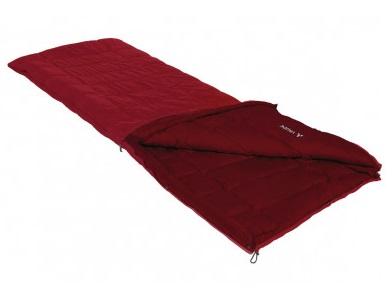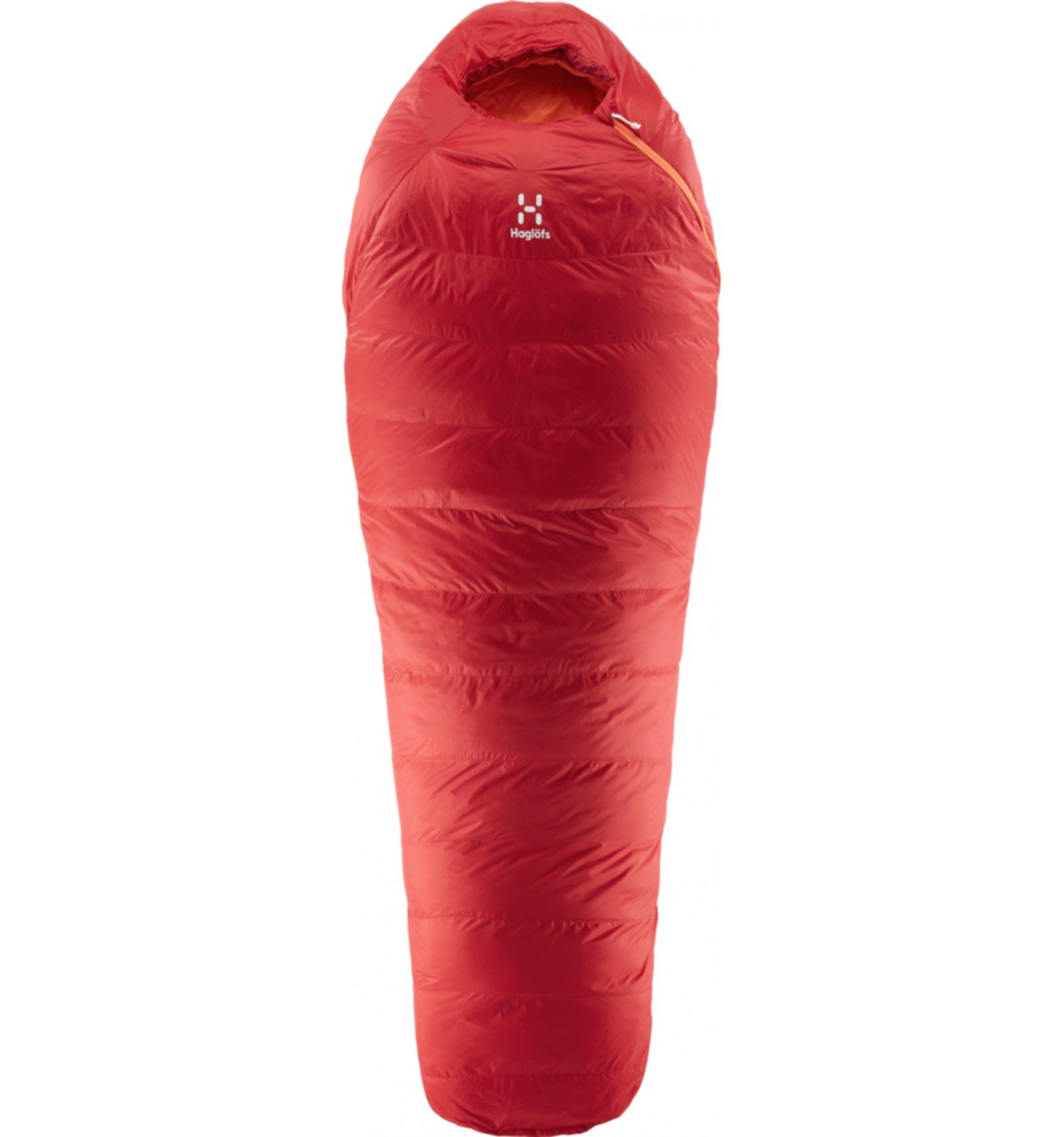No one dreams of spending a night writhing in all directions to find their position and try not to get cold. All too often, we underestimate the importance of choosing the right sleeping bag. Even if it's not necessarily the miracle solution to all your problems, it'll help you get a good night's sleep and recover from a long day's exertion. Materials used, shape, comfort temperature... So many elements that need to be taken into account. Here's how to choose the right sleeping bag!
A good weight/insulation ratio
Sleeping bags made from natural down are the lightest, most compressible and warmest, thanks to their greater loft. The major disadvantage of this type of bag is that they are more sensitive to humidity and therefore perform less well when exposed to wet conditions.
Conversely, sleeping bags made from synthetic fibers are much less compressible, heavier and provide less warmth. However, this type of bag is perfectly resistant to moisture, easy to care for and dries faster (only a few hours).
Comfort, limit and extreme temperatures
ADVICE FROM THE PRODUCT EXPERT :
 Nicolas - Camping buyer |
To sleep comfortably and spend a restful night, it's not necessary to wear several layers of clothing. If you've chosen your sleeping bag carefully, a single layer will suffice. Remember to warm up your extremities with gloves, socks... For extra warmth, there are sleeping bag sheets to optimize the heat inside the bag. And don't forget your pillow! |
A good weight/volume ratio
Is shape important?
This criterion should not be overlooked when choosing a sleeping bag.
For an overnight camping trip, opt for a rectangular shape. You won't feel that cramped feeling around your feet, for unfailing comfort.
For a night's bivouac, the "mummy" type bag is perfect. With its tight-fitting foot shape, there's no room for unnecessary bulk or cold spots. The shape follows the contours of your body, insulating you from the cold all night long. This type of bag often features a hood to keep your head warm.
| Rectangular shape | Mummy" shape |
 |
 |
Whether you're going camping or bivouacking, make sure you're comfortable. If you feel too cramped in a "mummy" sleeping bag, you can easily find one with a slightly flared shape, especially for the feet. The main thing is to make sure you're comfortable enough to sleep in it as if you were at home. But make sure you pay attention to the insulation, because comfort at the expense of good insulation isn't a very good idea, because you won't sleep very well anyway if you're cold.
 WHAT YOU NEED TO KNOW |
For your children, there are evolutionary sleeping bags that adapt over several years to the child's growth and last longer. No need to change them every year! This type of product can be found in the Deuter collection. |
Bonus tips:
For an optimal experience, it's essential to pay special attention to all the elements that will help you spend a pleasant night.
Use an air mattress or ground sheet to insulate you from the ground and cold, damp places. Above all, this will keep your sleeping bag dry all night long.
Choose a tent large enough to avoid the sleeping bag coming into direct contact with the tent walls. Interior condensation could wet the walls, compromising the durability of the sleeping bag if it subsequently dries poorly.
-> How to choose a tent for camping and hiking <-
For a night under the stars, you can use an oversack, to protect you from ground and air humidity, and thus provide your sleeping bag with better waterproofing.
Also, take a look at the accessories offered on the sleeping bag for added comfort.
REMEMBER:
- It's important to ensure that the sleeping bag's weight/insulation ratio corresponds to the excursion you've chosen.
- Check that the sleeping bag will enable you to survive the temperatures forecast for your adventure.
- Ensuring that the sleeping bag won't take up too much space during your ascent is essential to getting the most out of your adventure.
- Opt for a shape adapted to the style of adventure you're about to embark on.






































.jpg)















